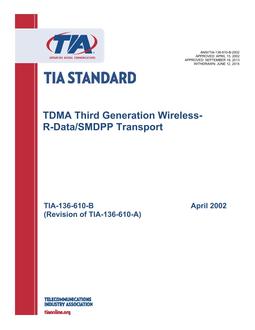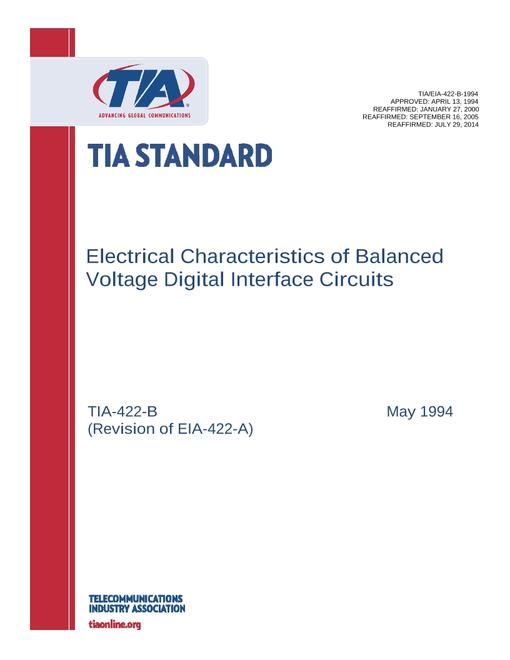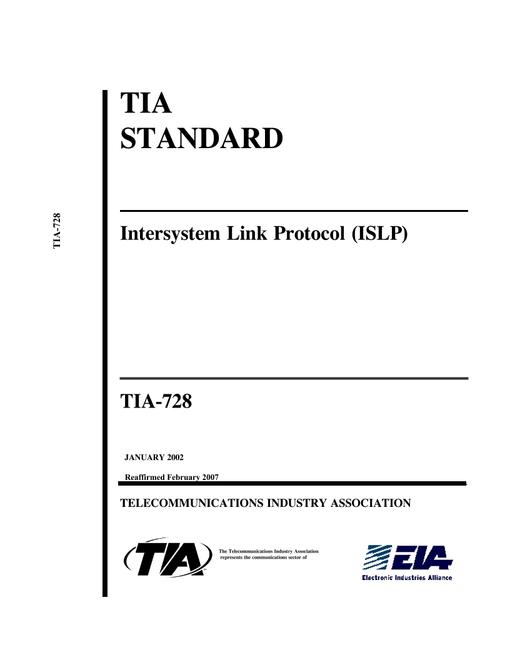-
-
Available Formats
- Availability
- Priced From ( in USD )
-
Available Formats
-
- Secure PDF 🔒
- Immediate download
-
$93.00Members pay $69.75
- Add to Cart
-
- Printed Edition
- Ships in 1-2 business days
-
$93.00Members pay $69.75
- Add to Cart
Customers Who Bought This Also Bought
-

TIA TIA-136-610-B
Priced From $84.00 -

TIA TIA-422-B
Priced From $107.00 -

TIA ANSI/TIA-664.531-B
Priced From $77.00 -

TIA TIA-728
Priced From $93.00
About This Item
Full Description
Introduction
Intent
This procedure defines a method by which the optical insertion loss of a complete fiber optic interconnection can be measured. There are two procedures that may be used. In the first, power is measured through a continuous length of fiber or cable. The fiberkable is then cut, the interconnection device is installed, and power is remeasured. In the second procedure, power is measured through a pigtailed device. The input fiber/cable is then cut back and the power is remeasured. These procedures do not apply to cable assemblies.
NOTE: The results of this test method are not directly comparable with those of FOTP-171 (a cable assembly test), which is sometimes used to evaluate connector loss. FOTP-34 tests a complete connection (splice, device, connector set, etc.,) comprising normal parts. It deviates from normal use only in that loss is measured between two like fibers. FOTP-171 tests the interconnection loss of a normal part (half of a connection) mated with a reference quality part, which has been selected for near perfection of fiber and connector attributes.
Multimode methods
This document contains two methods for multimode optical fiber interconnection devices, representing different mode volume conditions. One is a uniform modal excitation and detection condition, the other is one that restricts the excitation condition.
Method A1
This method employs uniformly overfilled launching conditions, (defined in FOTP-54) and an unrestricted detection mode volume. It simulates insertion loss characteristics of interconnection devices consistent for use in short links using LED sources, such as LANs, which substantially overfill the fiber.
Method A2
This method employs a mode filter in the test sample before the component under test. The intent is to simulate insertion loss characteristics of interconnection devices consistent for use in links with LED sources which do not overfill the fiber or links in which the launched power is substantially filtered by the link.
Single mode method
Test Method B is for use with single mode optical fiber.





